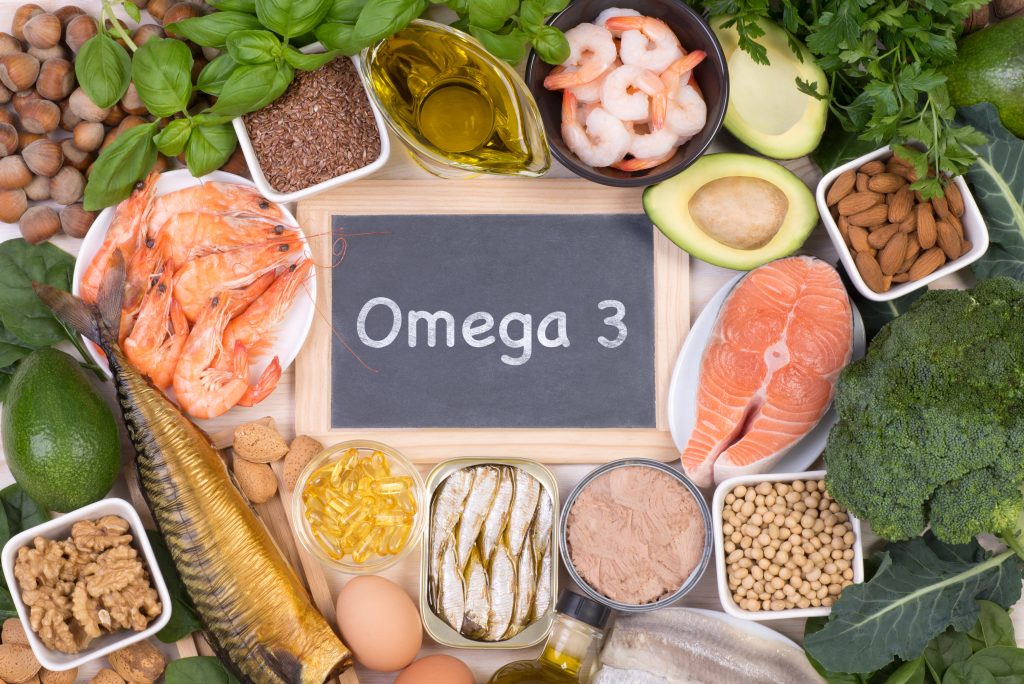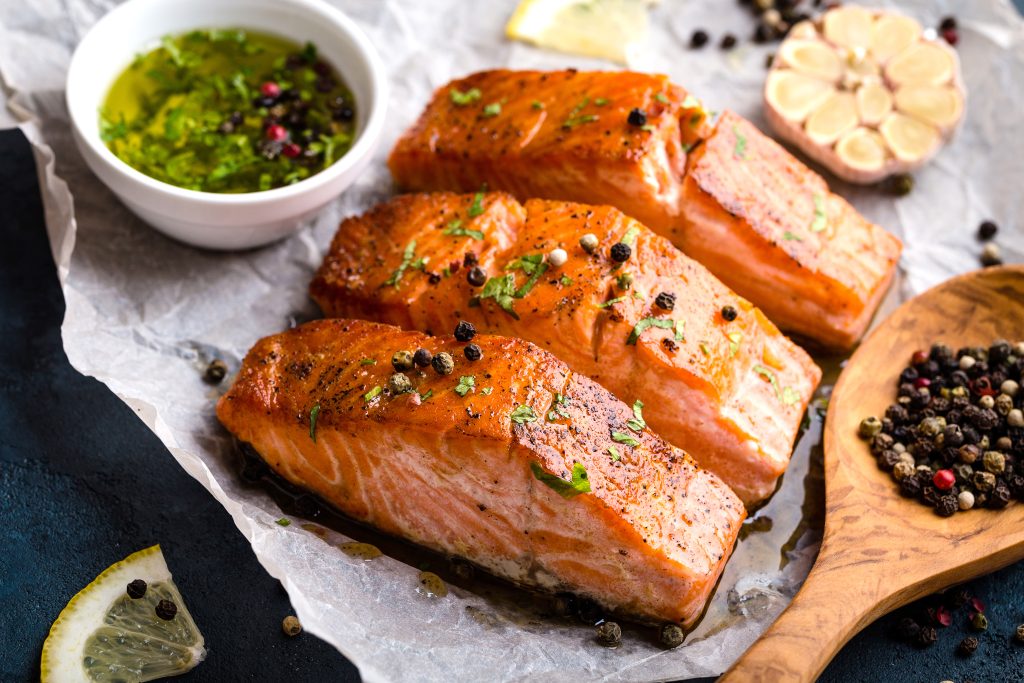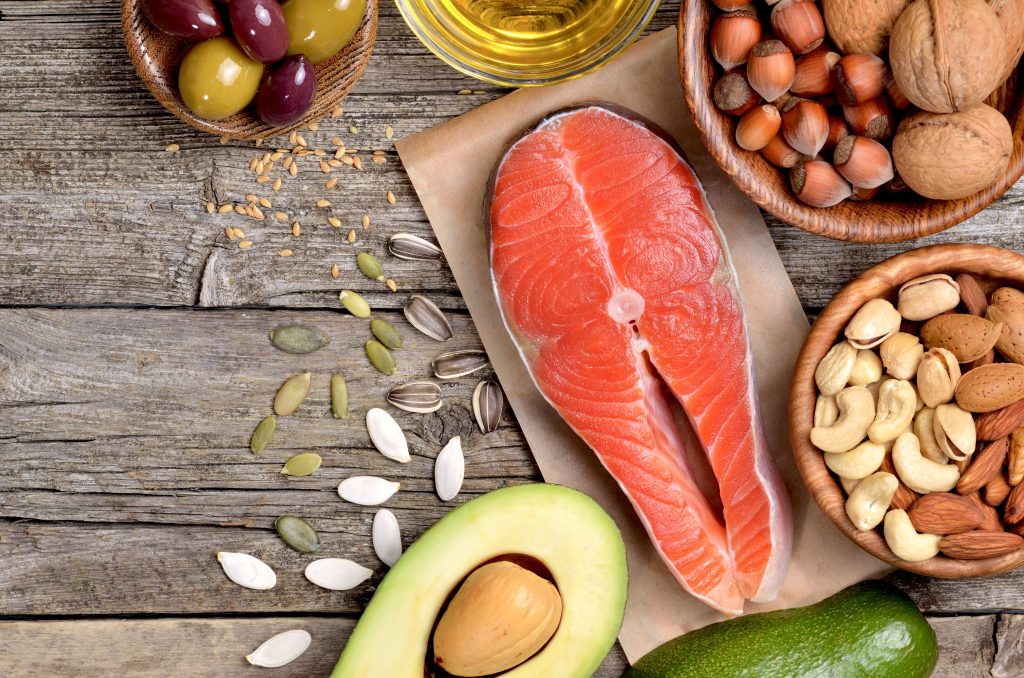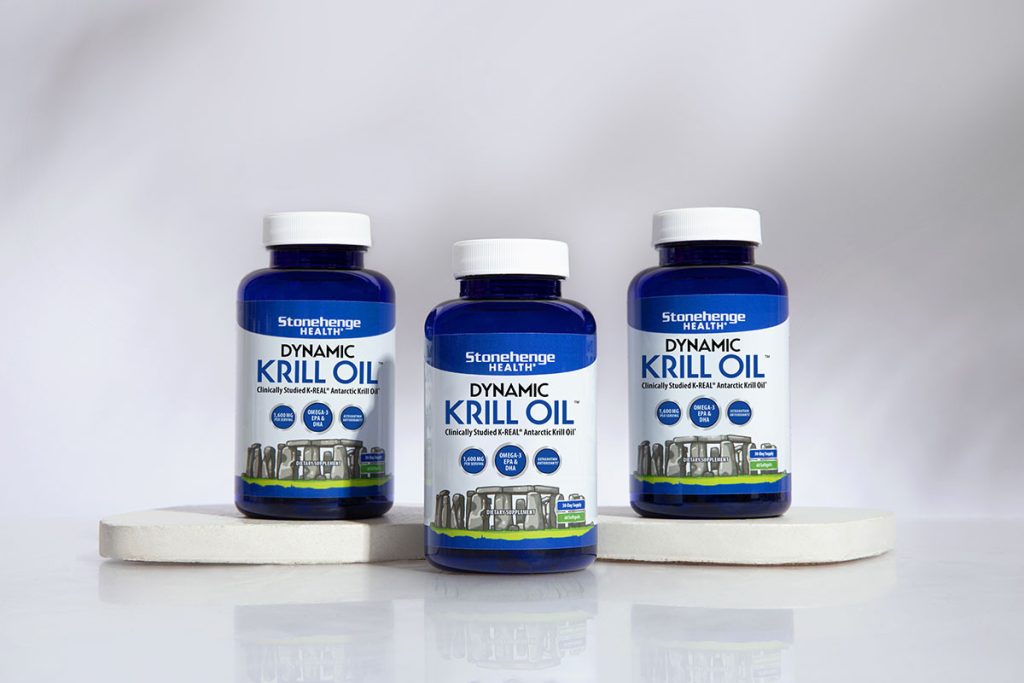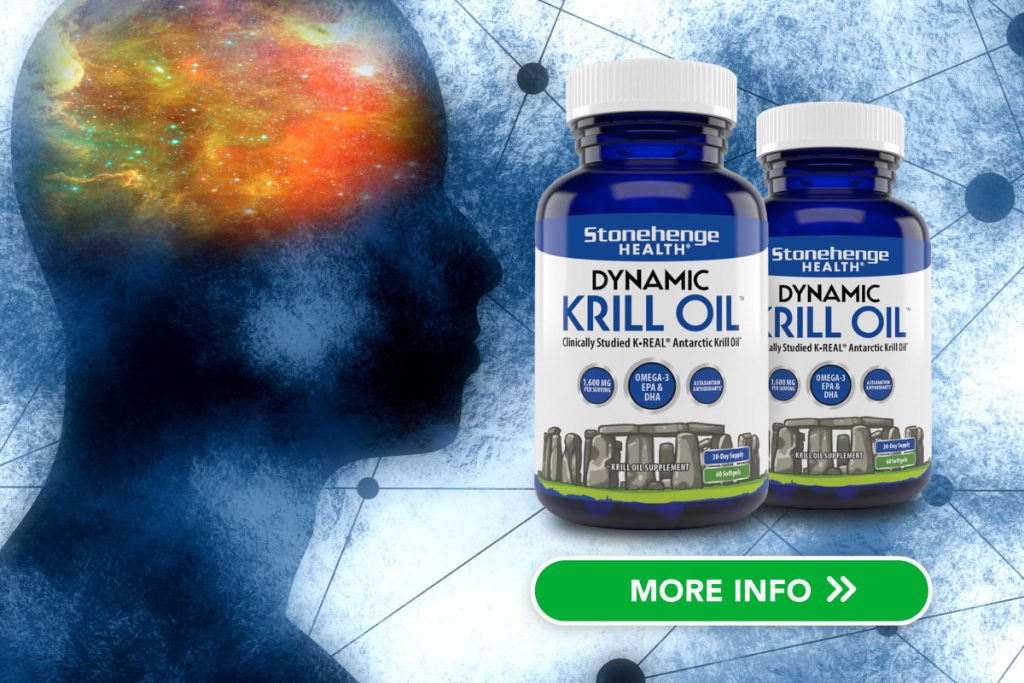
Menopause can be a challenging time in your life…
The conditions of perimenopause, menopause, and postmenopause can affect you psychologically, emotionally, and physically.
There are 48 recognized signs of menopause which include hot flashes, mood swings, vaginal dryness, and loss of bone density.
Today, we’re going to zoom in on a condition that is not discussed as often: Loss of bone density.
Let’s get started.
Understanding Bone Loss in Menopause

As women approach menopause, changes in hormone levels start to influence nearly every system in the body.
One of the most impactful shifts is the steady decline in estrogen, a vital hormone in maintaining bone density. Without sufficient estrogen, bones can begin to lose minerals at an accelerated rate, leading to an increased risk of bones becoming weak and brittle.
Research shows that, on average, women can lose up to 20% of their bone density in the five to seven years following menopause.1
This swift decline makes it essential for women to pay close attention to their bone health during this stage of their life, as addressing bone density proactively can help prevent fractures and other complications later on.
Why Vitamin D3 is Essential for Bone Health

Vitamin D3, often called the “sunshine vitamin,” is a cornerstone nutrient for strong, resilient bones.
Its most crucial role is aiding calcium absorption, the primary mineral that keeps bones dense and healthy. But beyond helping bones absorb calcium, vitamin D3 has been specifically linked to higher bone mineral density in postmenopausal women. Without adequate vitamin D3, calcium absorption drops significantly, leaving bones vulnerable to weakening over time.
Several studies have demonstrated that consistent vitamin D3 intake can help counteract the effects of low estrogen and prevent bone loss in menopausal women.2
By bridging this nutritional gap, vitamin D3 supplementation can provide menopausal women with a powerful, natural tool for maintaining bone health.*
How Much Vitamin D3 Do You Need?

For women in menopause, understanding the right amount of vitamin D3 to support bone health is essential. Health experts typically recommend around 600-800 IU of vitamin D3 daily, though needs can vary depending on factors like age, bone density, and sun exposure.
Signs of vitamin D deficiency, such as muscle weakness or frequent bone pain, can signal a need to up vitamin D3 intake. As always, consult your physician with any questions or concerns regarding your bone health.
By meeting the right dosage, women can take an active step toward preserving their bone density and overall skeletal health.*
Maximizing Vitamin D3 Absorption

To get the most out of vitamin D3, it’s helpful to follow a few simple tips to maximize absorption.
First, vitamin D3 is a fat-soluble vitamin, meaning it’s best absorbed when taken with healthy fats, such as those found in avocado, olive oil, or nuts. Pairing it with magnesium can also enhance its effectiveness, as magnesium plays a role in vitamin D activation in your body.
Note: When it comes to vitamin D supplements, the D3 form (cholecalciferol) is often preferred over D2 (ergocalciferol), as it’s more readily absorbed by the body.
By optimizing vitamin D3 intake, menopausal women can more fully benefit from this essential nutrient and better support their bone health.*
Lifestyle Tips for Stronger Bones

While vitamin D3 is a key factor in maintaining bone health, a holistic approach that includes other lifestyle factors can make an even bigger impact.
Exercise

Weight-bearing exercises like walking, hiking, or resistance training help stimulate bone-building cells and increase bone density.
Diet

A balanced diet rich in calcium, vitamin K2, and magnesium complements the effects of vitamin D3 and supports overall skeletal strength. Avoiding smoking and limiting alcohol can also protect bones, as these habits have been linked to increased bone loss.
Here are some foods that provide a good source of Vitamin D:
• 2 oz salmon = 343 IU
• 2 oz sardines = 150 IU
• 1 cup milk = 100 IU
• 1 egg yolk = 37 IU
• Fortified foods (orange juice, milk, and cereals)
Sun Exposure

When UV rays of the sun make contact with your skin, Vitamin D is synthesized in the body. Try to get 15 minutes of exposure to sunlight every day if you can.
Supplementation

The team at Stonehenge Health included Vitamin D3 in our Menopause Support formula to empower women with the nutrients needed to maintain strong, healthy bones during this pivotal stage.*
Vitamin D3 directly supports bone health by enhancing calcium absorption, ensuring that this essential mineral effectively strengthens the bones rather than being underutilized.*
By pairing Vitamin D3 with other targeted ingredients like EstroG-100®, Ashwagandha KSM-66®, and Chromax®, this formula takes a holistic approach, addressing both the immediate and long-term health needs of menopausal women.
Menopause Support provides a nutrient-based, safe, and hormone-free option for tackling the challenges of perimenopause, menopause, and postmenopause.
Our formula combines the highest quality clinically studied, third-party tested ingredients to provide comprehensive support to help your body handle stress, regulate cortisol, lift your mood, ease fatigue, and support and maintain long-term bone health.*
If you’ve been dealing with the ups and downs of menopause, this is your chance to finally find support with a formula that works naturally and without hormones.*
This is your time to reclaim your energy, your bone health, and your life.* Join the growing number of women who are feeling better than ever with Stonehenge Health Menopause Support.*

Sources:
1. endocrine.org/patient-engagement/endocrine-library/menopause-and-bone-loss#:~:text=Menopause%20significantly%20speeds%20bone%20loss,are%20affected%20by%20osteoporosis%20worldwide
2. lpi.oregonstate.edu/mic/vitamins/vitamin-D




